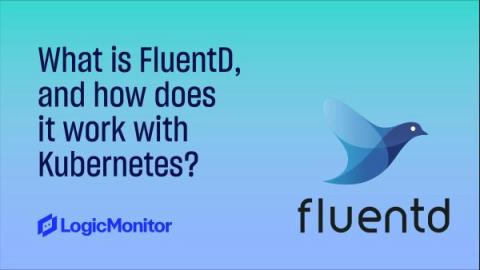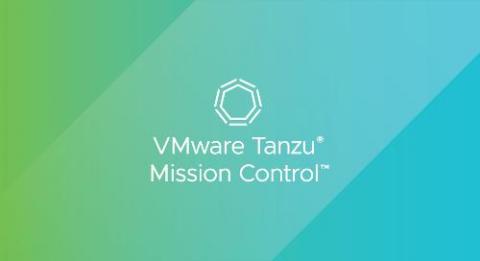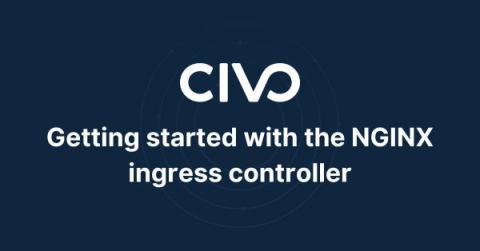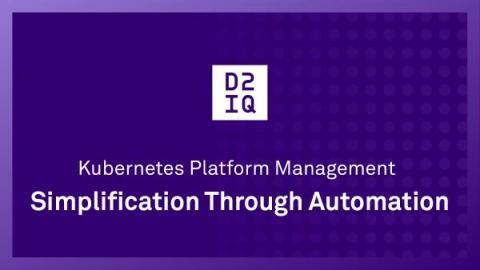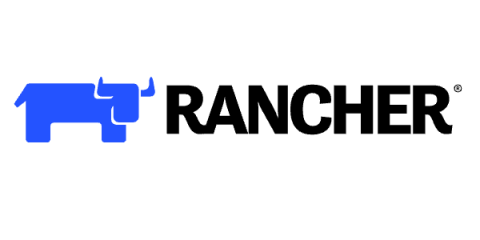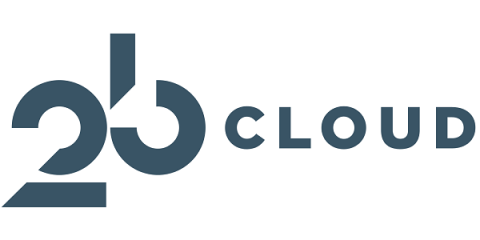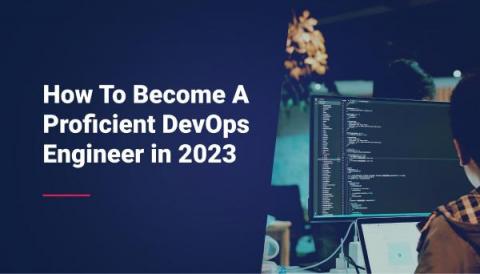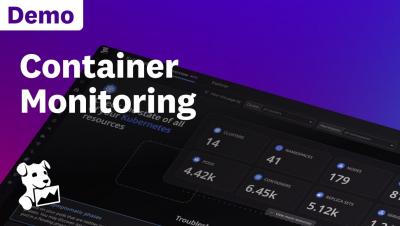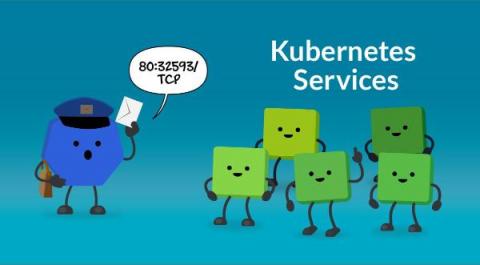Operations | Monitoring | ITSM | DevOps | Cloud
Containers
The latest News and Information on Containers, Kubernetes, Docker and related technologies.
VMware Tanzu Mission Control Year in Review: 2022 Edition
We aren’t done with 2022 yet, but phew! This was a busy year for the VMware Tanzu Mission Control team. In the two short years since VMware introduced Tanzu Mission Control, the Kubernetes management hub has evolved rapidly to meet industry trends and changing customer needs with important new features, such as data protection, lifecycle management capabilities, GitOps automation, and integration across the VMware portfolio, to name a few.
Getting started with the NGINX ingress controller
When moving production workloads to a new containerized environment, application traffic management (ATM) can become complex. This is especially true for organizations that are transitioning workloads to Kubernetes, as managing traffic requires load balancing and configuring other Kubernetes networking components, such as ingress and ingress controllers.
Kubernetes Platform Management: Simplification Through Automation
Automation can reduce the complexity of Kubernetes deployment and management, enabling organizations to devote their energies to creating business value rather than wrestling with their Kubernetes infrastructure.
Rancher Wrap: Another Year of Innovation and Growth
2022 was another year of innovation and growth for SUSE’s Enterprise Container Management business. We introduced significant upgrades to our Rancher and NeuVector products, launched new open source projects and matured others. Exiting 2022, Rancher remains the industry’s most widely adopted container management platform and SUSE remains the preferred vendor for enabling enterprise cloud native transformation. Here’s a quick look at a few key themes from 2022.
Kubernetes Federated Clusters on AWS
This blog will discuss federated Kubernetes installations. Why and when we should use them and provide a working example of such a setup on AWS’s EKS. This blog post includes working code examples. As engineers with a never ending task list – which only grows as we strive for the next best thing we can add to our system – context is vital.
Kubernetes Provisioning and Day2 demo 1
How To Become A Proficient DevOps Engineer in 2023
Container Monitoring Demo
Kubernetes Services: ClusterIP, Nodeport and LoadBalancer
Pods are ephemeral. And they are meant to be. They can be seamlessly destroyed and replaced if using a Deployment. Or they can be scaled at some point when using Horizontal Pod Autoscaling (HPA). This means we can’t rely on the Pod IP address to connect with applications running in our containers internally or externally, as the Pod might not be there in the future.


